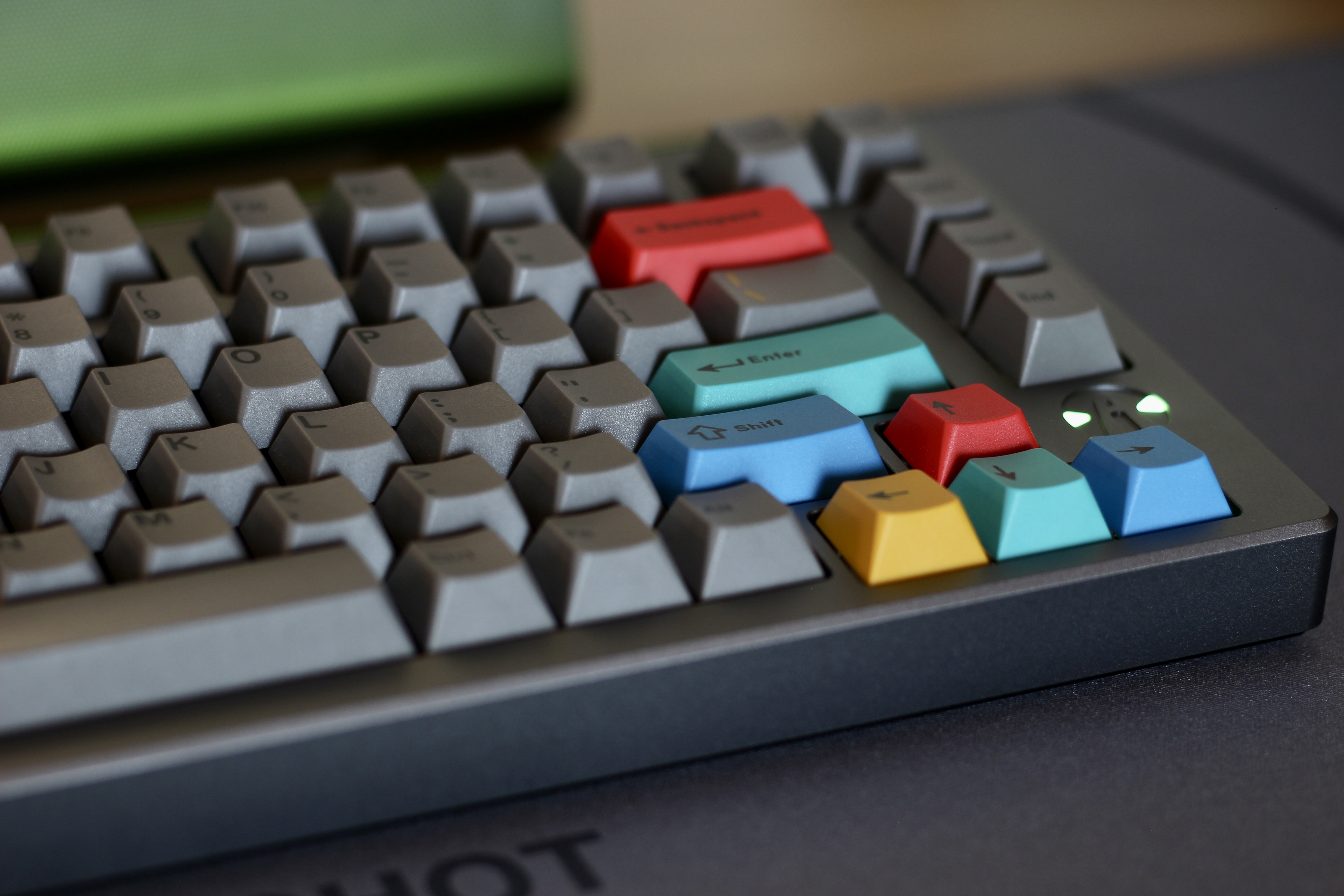Hi,
I’m trying to wrap my head around the rolling shutter effect, specifically why it happens.
I’m having a hard time understanding how the readout speed affects the image. If I understood correclty, when in electronic shutter mode the pixels are exposed as indicated by the shutter speed (e.g. at 1/1000 each pixel is exposed for 1/1000 of a second).
If the readout takes 1/100 s to scan the entire sensor, what happens exactly when I take the picture? Do the pixels start firing sequentially as the shutter speed dictates (i.e. 1/1000 s each, sequentially)? If that is the case, do they wait for the readout to catch up or do they continue firing? If the latter, by the time the readout reaches the second pixel, the eleventh pixel is firing, so there are 10 pixel between the one firing and the one being read. Does it work like this?
If the pixels are exposed for 1/1000 s and then turned off and their value stored, wouldn’t that mean that the image should not be affected? I mean, they saw the subject for 1/1000 s and the motion should be frozen, they are just waiting for the value to be read. Just like if you asked 10 people to open their eyes for 1 second (shutter speed), one after the other, and draw what they see. They saw if for one second each, so at most the difference in the position of what they saw should cover 10 seconds. Then they can take hours to draw what they saw (readout speed), but what they saw specifically wouldn’t be afftected by how long it takes them to draw it. Am I wrong here maybe?
Also, in general, why is mechanical shutter not as affected (if affected at all) by the rolling shutter effect? Does the sensor capture light differently when in mechanical shutter mode?
I just don’t get it. I feel like I’m close to understanding why, but I still don’t.
I know I’m probably weird for focusing so much on something technical like this, but it just bugs me so much.
Any help is greatly appreciated, really.

Another good video from Captain Dissillusion:
https://youtu.be/28S47EE_opA?si=PNhTtymBfhTQJZav
This is a great video! You made me discover such a good channel. However, it gets close but not enough :(
Try holding your hands a few cm/in in front of your face. Fork your fingers to make a narrow slit you can see through. If you move your hands from top to bottom you will be scanning only part of the scene at a time. So if something is moving (car, child, etc.) it will be in a different place when your “slit” is at the bottom than when it was at the top.